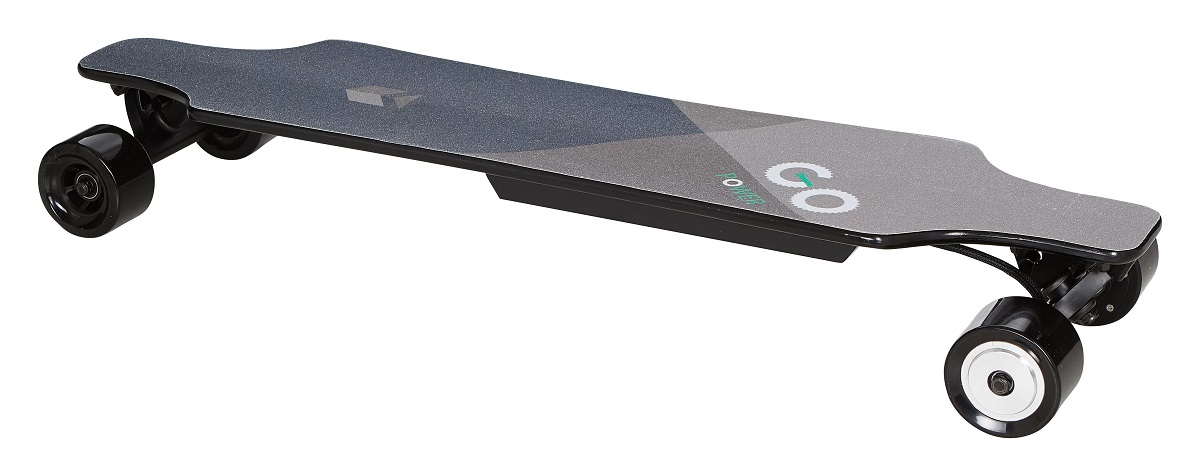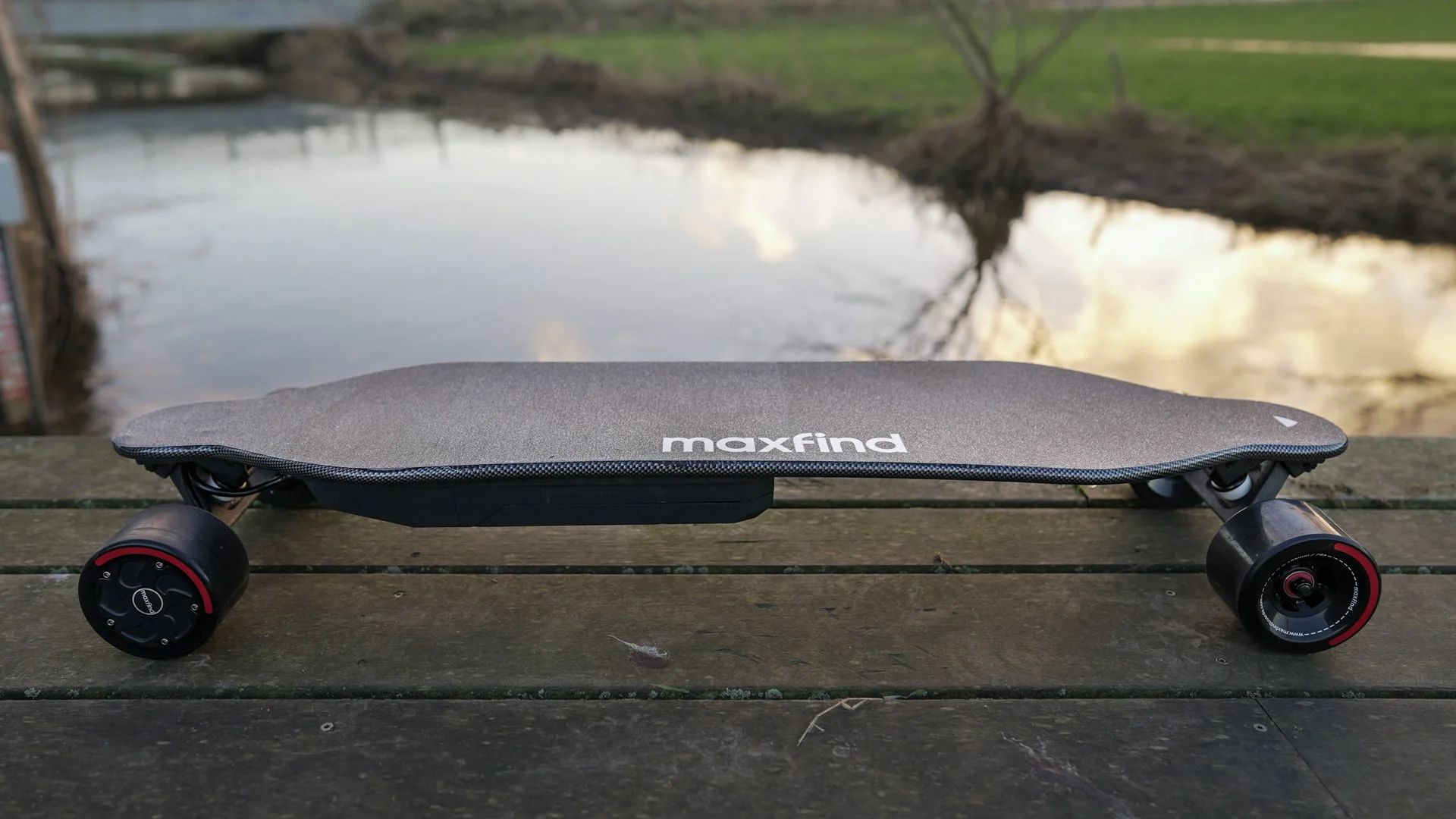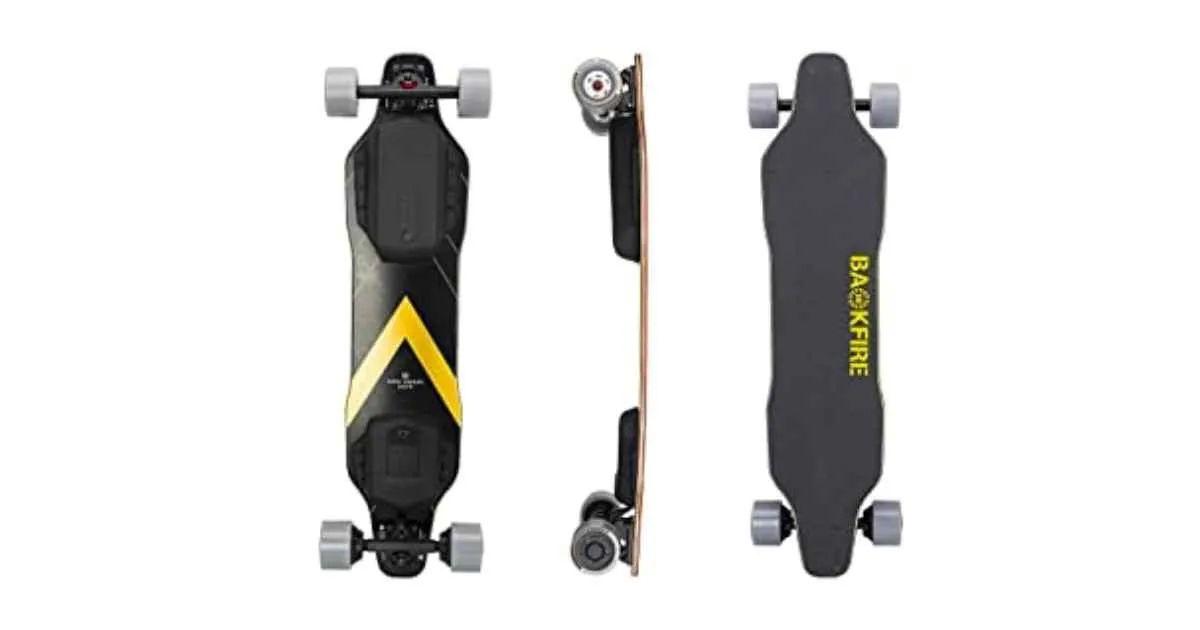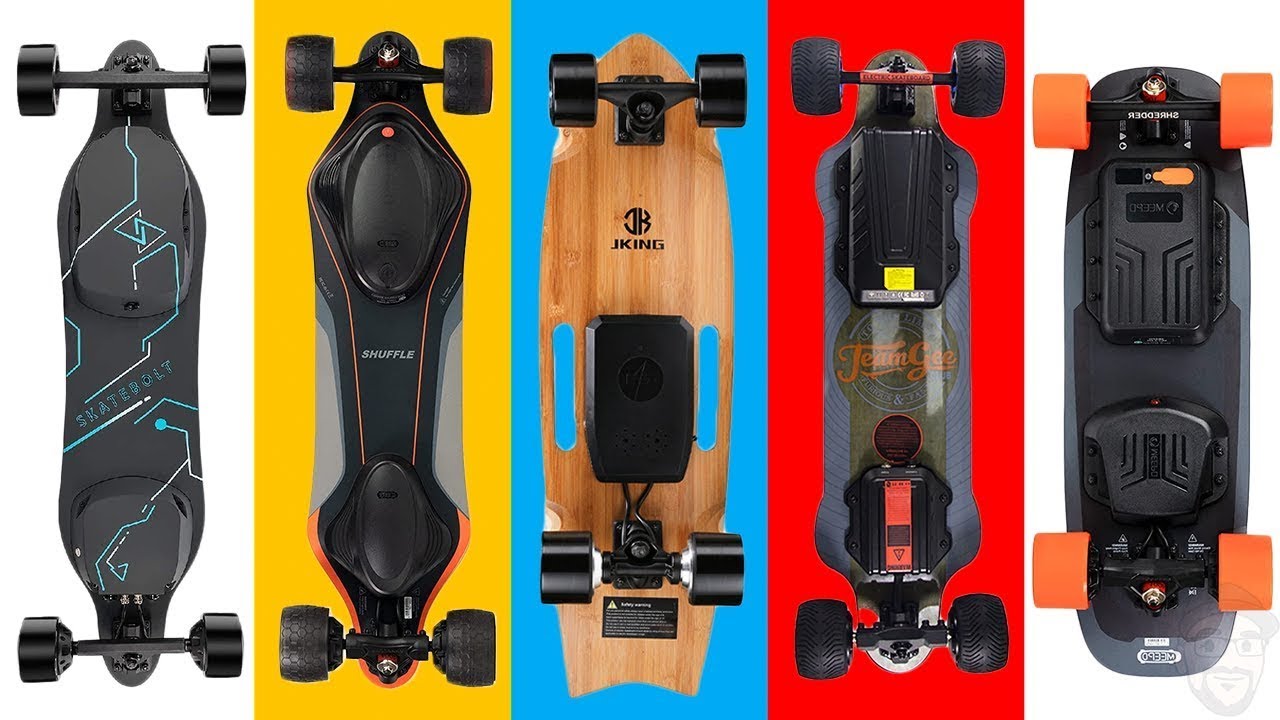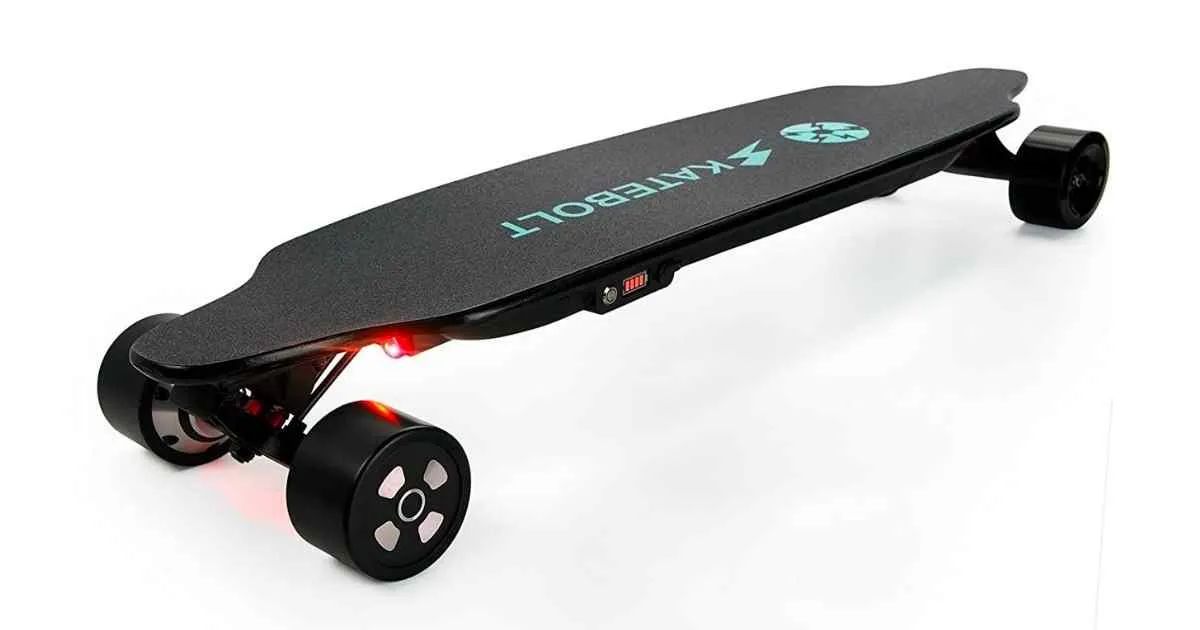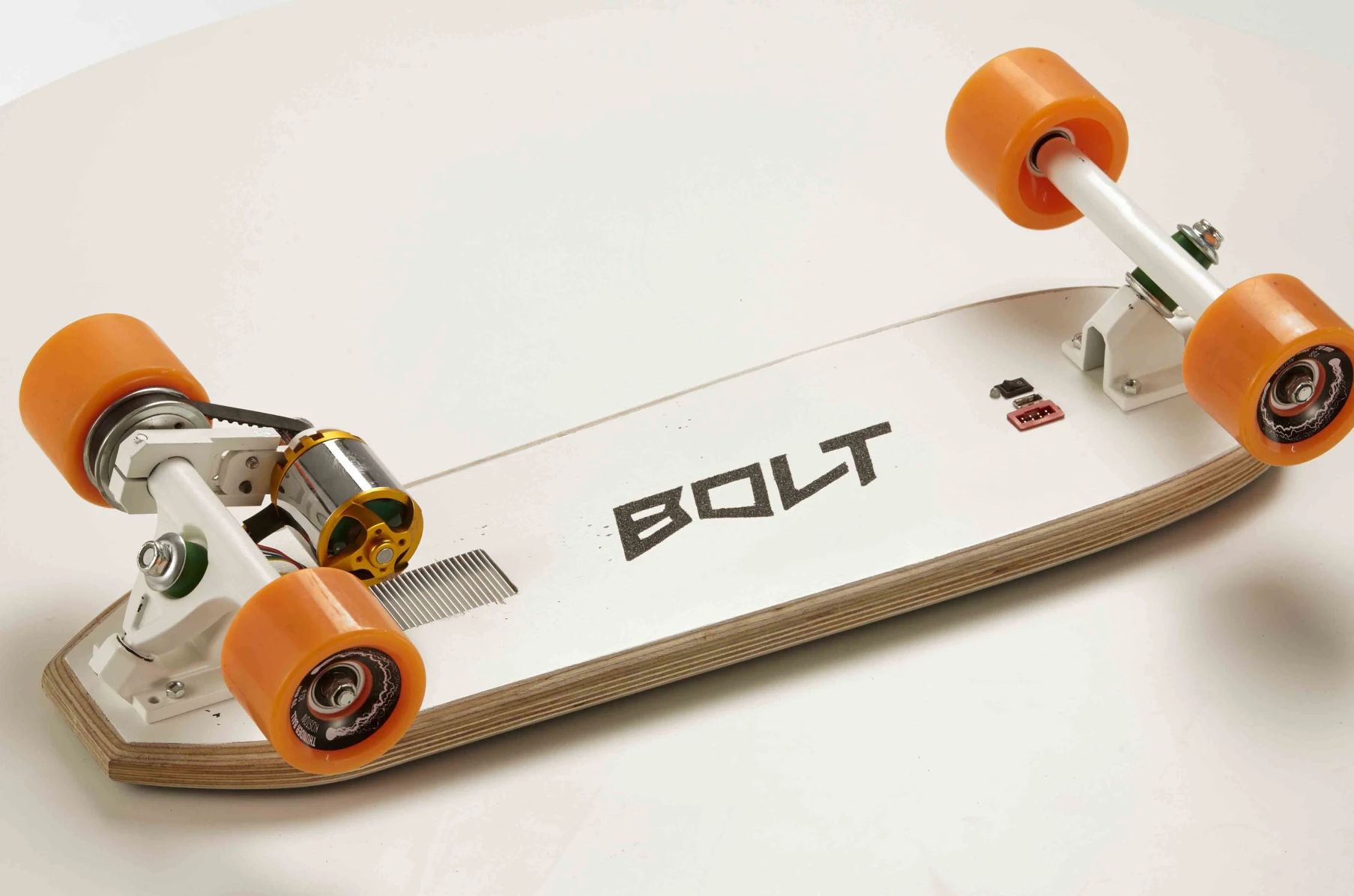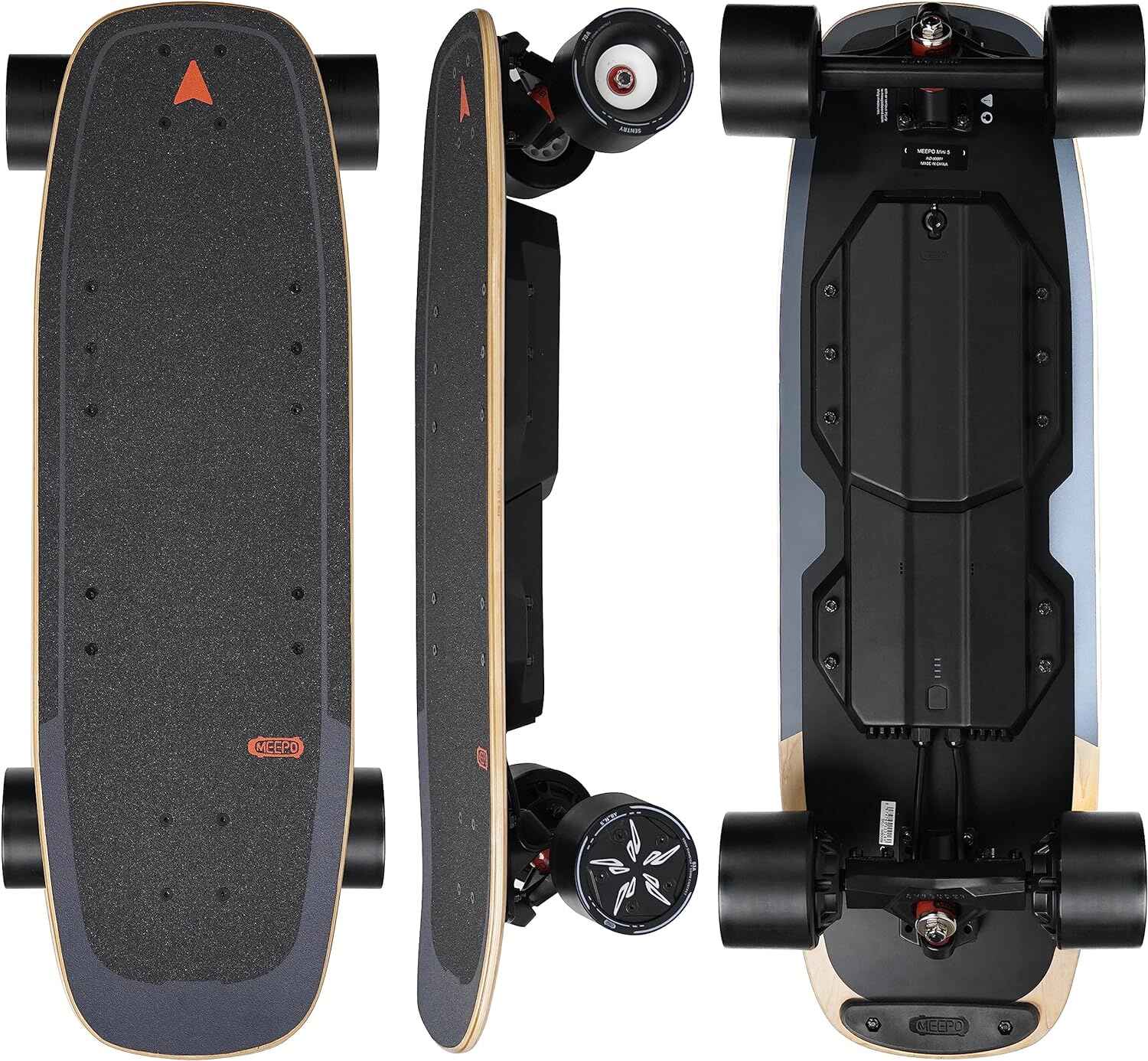Introduction
Electric skateboards have become increasingly popular among both commuters and enthusiasts alike. These innovative devices provide a convenient and eco-friendly way to travel short distances, offering an exhilarating experience along the way. However, one common question that often arises is, “How long should I charge my electric skateboard?”
The charging time of an electric skateboard can vary depending on several factors. Properly understanding these factors is crucial to ensure that you optimize the battery life and get the most out of your skateboard. In this article, we will explore the different factors that affect charging time and provide useful tips to help you extend your skateboard’s battery life.
It’s important to note that the charging time can vary between different electric skateboard models. The information provided in this article serves as a general guide, and we always recommend referring to the manufacturer’s instructions for your specific model.
So, let’s dive in and unravel the mysteries surrounding how long you should charge your electric skateboard.
Factors that Affect Charging Time
Several factors can influence the charging time of an electric skateboard, and understanding these factors is essential for optimizing the charging process. Let’s take a closer look at each of these factors:
- Battery Type and Capacity: The type and capacity of the battery in your electric skateboard play a significant role in determining the charging time. Lithium-ion batteries are commonly used in electric skateboards due to their high energy density and longer lifespan. However, the capacity of the battery can vary between different models, with larger capacity batteries naturally requiring more time to charge.
- Charger Output: The output power of the charger provided with your electric skateboard can affect the charging time. Higher output chargers will typically charge the battery faster, while lower output chargers may take longer. It is crucial to use the charger that came with your skateboard or one recommended by the manufacturer to ensure optimal charging.
- Battery Health: The overall health and condition of the battery can also influence the charging time. Over time, batteries can experience degradation, reducing their charging capacity. It’s important to regularly check the battery health and replace it if necessary to ensure efficient charging.
- Usage Patterns: The usage patterns of your electric skateboard can impact the charging time as well. If you frequently ride your skateboard for long distances or on challenging terrains, it will drain the battery faster, requiring more time to recharge. On the other hand, lighter usage may result in shorter charging times.
- Environmental Factors: The charging time can also be affected by environmental factors such as temperature. Extreme temperatures, both hot and cold, can impact the battery’s performance. It is advisable to charge your electric skateboard in moderate temperature conditions for optimal results.
By considering these factors, you can have a better understanding of how they contribute to the charging time of your electric skateboard. However, keep in mind that the exact charging time may still vary, so it’s always beneficial to refer to the manufacturer’s recommendations specific to your model.
Manufacturer’s Recommendations
When it comes to charging your electric skateboard, it’s crucial to follow the manufacturer’s recommendations. Each electric skateboard model may have specific guidelines provided by the manufacturer to ensure optimal performance and battery longevity. Here are a few common recommendations to keep in mind:
- Read the User Manual: The user manual provided with your electric skateboard is a valuable resource. It contains important instructions and guidelines regarding the charging process. Take the time to carefully read and understand the manual to avoid any potential issues.
- Use the Recommended Charger: Manufacturers often provide a specific charger that is compatible with their electric skateboard models. It is highly recommended to use the charger provided or one that is recommended by the manufacturer. Using an incompatible charger may result in improper charging, leading to battery damage or reduced performance.
- Follow the Charging Time Guidelines: Manufacturers typically specify the ideal charging time for their electric skateboards. It is important to adhere to these guidelines to prevent overcharging or undercharging the battery. Overcharging can degrade the battery life, while undercharging may result in limited range and performance.
- Avoid Overcharging: Overcharging the battery can have detrimental effects on its overall health and lifespan. Most electric skateboards are equipped with charging mechanisms that prevent overcharging by automatically stopping the charging process once the battery reaches its full capacity. However, it is still advisable to unplug the charger from the skateboard once it has fully charged.
- Charge in a Safe Environment: It is important to charge your electric skateboard in a safe and well-ventilated area. Avoid charging near flammable materials or in extremely hot or cold environments, as this can impact the battery’s performance and safety.
Following these manufacturer’s recommendations will help ensure that you charge your electric skateboard correctly and maintain its optimal performance. Always refer to the official guidelines provided by the manufacturer to ensure the longevity and functionality of your electric skateboard’s battery.
Battery Type and Capacity
The type and capacity of the battery in your electric skateboard play a significant role in determining the charging time. Electric skateboards typically use lithium-ion batteries due to their high energy density and longer lifespan compared to other battery types. However, the capacity of the battery can vary between different models, which directly affects the amount of time it takes to charge.
Lithium-ion batteries are known for their efficiency and fast-charging capabilities. They can hold a substantial amount of energy, allowing for longer ride times. The capacity of a lithium-ion battery is typically measured in watt-hours (Wh) or ampere-hours (Ah), representing the amount of energy it can store.
A higher-capacity battery will generally take longer to charge compared to a lower-capacity one. For example, if you have an electric skateboard with a 200 Wh battery and another with a 300 Wh battery, the latter will require more time to charge fully. Manufacturers often specify the battery capacity and may provide an estimated charging time based on that capacity.
It’s important to note that while charging times may vary, most electric skateboard batteries can be fully charged within 2 to 4 hours. However, some models may have faster charging capabilities, allowing you to reach a full charge in under 2 hours.
When it comes to battery capacity, it’s worth considering your specific needs and usage patterns. If you primarily use your electric skateboard for short commutes, a lower-capacity battery may suffice, reducing the charging time. On the other hand, if you require longer ride times and don’t mind a slightly longer charging duration, investing in a higher-capacity battery can be beneficial.
Additionally, it’s important to consider the overall lifespan of the battery. Lithium-ion batteries tend to have a limited number of charge cycles before their capacity starts to degrade. By following proper charging practices and avoiding deep discharges, you can extend the overall lifespan of the battery and maintain its charging efficiency.
Before purchasing an electric skateboard, it’s worth researching the battery type and capacity, as well as the estimated charging times, provided by the manufacturer. This will give you a better understanding of the charging requirements and help you make an informed decision based on your specific needs.
Charger Output
The output power of the charger provided with your electric skateboard can significantly impact the charging time. The charger’s output is typically measured in volts (V) and amperes (A), representing the amount of electrical power it can deliver to the battery. A higher output charger will generally charge the battery faster, while a lower output charger may require more time to fully charge the battery.
Manufacturers often include a charger that is specifically designed for their electric skateboard models. Using the recommended charger ensures compatibility and optimal charging performance. It is essential to follow the manufacturer’s guidelines and avoid using chargers with outputs that exceed or fall below the recommended specifications.
For example, if your electric skateboard requires a 42V, 2A charger, using a charger with a lower output, such as 1.5A, may extend the charging time. Conversely, using a higher output charger, such as 3A, may charge the battery faster, but it is not recommended as it can put unnecessary strain on the battery and possibly lead to overheating or damage.
Aside from the charger’s output power, it is also crucial to ensure the charger is in good working condition. Damaged or faulty chargers may not provide the intended output power, resulting in longer charging times or even incomplete charging cycles.
It’s worth noting that using third-party chargers or chargers from different electric skateboard models may not be suitable for your specific skateboard. Incompatible chargers can have varying output powers, potentially leading to improper charging or even damaging the battery.
To optimize the charging time and ensure the longevity of your battery, always use the charger provided by the manufacturer or one that is recommended for your electric skateboard model. By doing so, you can benefit from the charger’s designed output power, achieving efficient and reliable charging results.
Battery Health
The overall health and condition of the battery in your electric skateboard can significantly impact the charging time. Over time, batteries can experience degradation, resulting in reduced capacity and efficiency. It’s important to pay attention to the battery health and take proper care to ensure optimal charging performance and longevity.
One crucial aspect of maintaining battery health is avoiding deep discharges. Lithium-ion batteries used in electric skateboards perform best when they are not discharged to extremely low levels. Deep discharges can cause irreversible damage and decrease the overall capacity of the battery. To preserve battery health, it’s recommended to charge your electric skateboard when the battery level drops to around 20% to 30%.
Additionally, it’s important to store the battery properly when it’s not in use for an extended period. If you plan to store your electric skateboard for an extended period, it’s advisable to charge the battery to around 50% to 70% and then disconnect it from the skateboard. Storing the battery at full or empty charge levels for extended periods can degrade its performance.
Regularly monitoring the battery’s performance and health can also help identify any potential issues. If you notice a significant decrease in the battery’s capacity or shorter ride times, it may be a sign that the battery needs to be replaced. Contacting the manufacturer or seeking professional assistance is recommended to ensure proper battery maintenance.
It’s worth noting that extreme temperatures can also affect battery health and performance. Exposure to very high or very low temperatures can decrease the battery’s overall capacity and degrade its performance. It’s best to charge and use your electric skateboard in moderate temperature conditions for optimal results.
By taking proper care of your electric skateboard’s battery, you can maintain its health and efficiency, ultimately optimizing the charging time. Regularly following charging best practices and being mindful of battery health can extend the lifespan of the battery and provide long-lasting performance for your electric skateboard.
Charging Time for Different Electric Skateboards
When it comes to charging time, it’s important to note that it can vary between different electric skateboard models. While most electric skateboards can be fully charged within 2 to 4 hours, there are certain factors specific to each model that can affect the charging time. Let’s take a closer look at these factors:
Battery Capacity: Electric skateboards with higher battery capacities will naturally require more time to charge compared to those with lower capacities. Models with larger batteries, such as 4000mAh or higher, can take longer to reach a full charge, potentially taking around 3 to 4 hours. On the other hand, electric skateboards with smaller batteries, around 2000mAh to 3000mAh, may reach a full charge within 2 to 3 hours.
Charger Output: As mentioned earlier, the charger’s output power plays a role in determining the charging time. Electric skateboards that come with higher output chargers, such as 42V 2A, can charge the battery faster compared to those with lower output chargers. Typically, higher output chargers are capable of fully charging the battery within 2 to 3 hours, while lower output chargers may take longer, ranging from 3 to 4 hours.
Battery Health and Condition: The health and condition of the battery can also impact the charging time. Batteries that have gone through extensive use and have experienced degradation may take slightly longer to charge compared to newer batteries in pristine condition. In such cases, charging times may extend to around 4 hours or slightly more.
Advanced Charging Technologies: Some electric skateboard models may utilize advanced charging technologies, such as fast charging or quick charge capabilities. These technologies can significantly reduce the charging time and allow the battery to reach a near-full charge within 1 to 2 hours. However, it’s important to note that not all models feature these advanced technologies, so it’s advisable to check the manufacturer’s specifications to determine if your electric skateboard supports fast charging.
While these factors provide a general idea of the charging times for different electric skateboard models, it’s crucial to refer to the manufacturer’s specifications and guidelines for your specific model. Manufacturers often provide estimated charging times based on the battery capacity and charger output, ensuring a reliable and accurate charging experience.
By understanding the charging time for your electric skateboard, you can plan your rides and ensure that your skateboard is ready whenever you need it. Remember to factor in the charging time when planning your daily routine or longer outings to avoid any potential inconveniences.
Tips to Extend Battery Life
Extending the battery life of your electric skateboard is not only beneficial for maximizing usage but also for optimizing the overall performance and longevity of the battery. By following these tips, you can ensure your battery stays in optimal condition for an extended period of time:
- Avoid Deep Discharges: Deeply discharging your electric skateboard battery on a regular basis can lead to decreased battery capacity and overall performance. To maintain battery health, try to avoid letting the battery level drop to extremely low levels before recharging. Charging when the battery reaches around 20% to 30% is ideal.
- Charge Regularly: While it may seem counterintuitive, frequent charging can actually be beneficial for lithium-ion batteries. Partial charging or “topping up” the battery regularly instead of waiting for a complete discharge can help maintain the battery’s performance and extend its overall lifespan.
- Avoid Extreme Temperatures: Exposure to extreme temperatures, whether it’s very hot or very cold, can negatively impact battery life and performance. Avoid charging or using your electric skateboard in extreme temperature conditions, as this can accelerate battery degradation. Optimal charging and operating temperatures usually range between 10°C to 30°C (50°F to 86°F).
- Store Properly: If you plan to store your electric skateboard for an extended period, it’s essential to prepare the battery for storage. Charge the battery to around 50% to 70% before storing it in a cool, dry place. Avoid storing the battery at full or empty charge levels, as this can lead to capacity loss or increased risk of damage.
- Avoid Overcharging: Overcharging can negatively affect the battery’s health and longevity. Most electric skateboards have built-in safety mechanisms to prevent overcharging, but it’s still best practice to unplug the charger once the battery is fully charged.
- Take Care of the Charging Port: The charging port is a critical component of your electric skateboard. Make sure it is clean and free of any debris that could interfere with proper charging. Regularly inspect the charging port and cable for any signs of damage or wear and tear, and replace them if necessary.
- Follow Manufacturer’s Recommendations: Always refer to the manufacturer’s guidelines and instructions for charging and maintaining your specific electric skateboard model. They will provide detailed information on best practices and any specific considerations for your battery.
By following these tips, you can prolong the battery life of your electric skateboard and ensure optimal performance. Taking proper care of your battery will not only give you longer ride times but also help maintain the overall health and capacity of the battery for years to come.
Conclusion
Understanding how long to charge your electric skateboard is crucial for optimizing battery life, performance, and overall riding experience. Several factors, such as battery type and capacity, charger output, battery health, and usage patterns, can influence the charging time. By considering these factors and following the manufacturer’s recommendations, you can ensure a more efficient and reliable charging process.
It’s important to note that charging times can vary between different electric skateboard models. Generally, most electric skateboards can be fully charged within 2 to 4 hours. However, specific models may have faster charging capabilities or require slightly longer charging durations.
To maintain your battery’s health and extend its lifespan, it’s crucial to follow best practices, such as avoiding deep discharges, charging regularly, and storing the battery properly. Additionally, taking care of the charging port and following the manufacturer’s recommendations will help ensure optimal charging performance and overall battery longevity.
By understanding the factors that affect charging time and implementing these tips to extend battery life, you can enjoy longer rides, enhanced performance, and prolonged battery durability. Remember to consult your electric skateboard’s user manual and refer to the manufacturer’s specifications for precise charging information that is specific to your model.
So, charge up your electric skateboard thoughtfully, and hit the streets with confidence, knowing that you’ve taken the necessary steps to maximize your battery’s potential.







